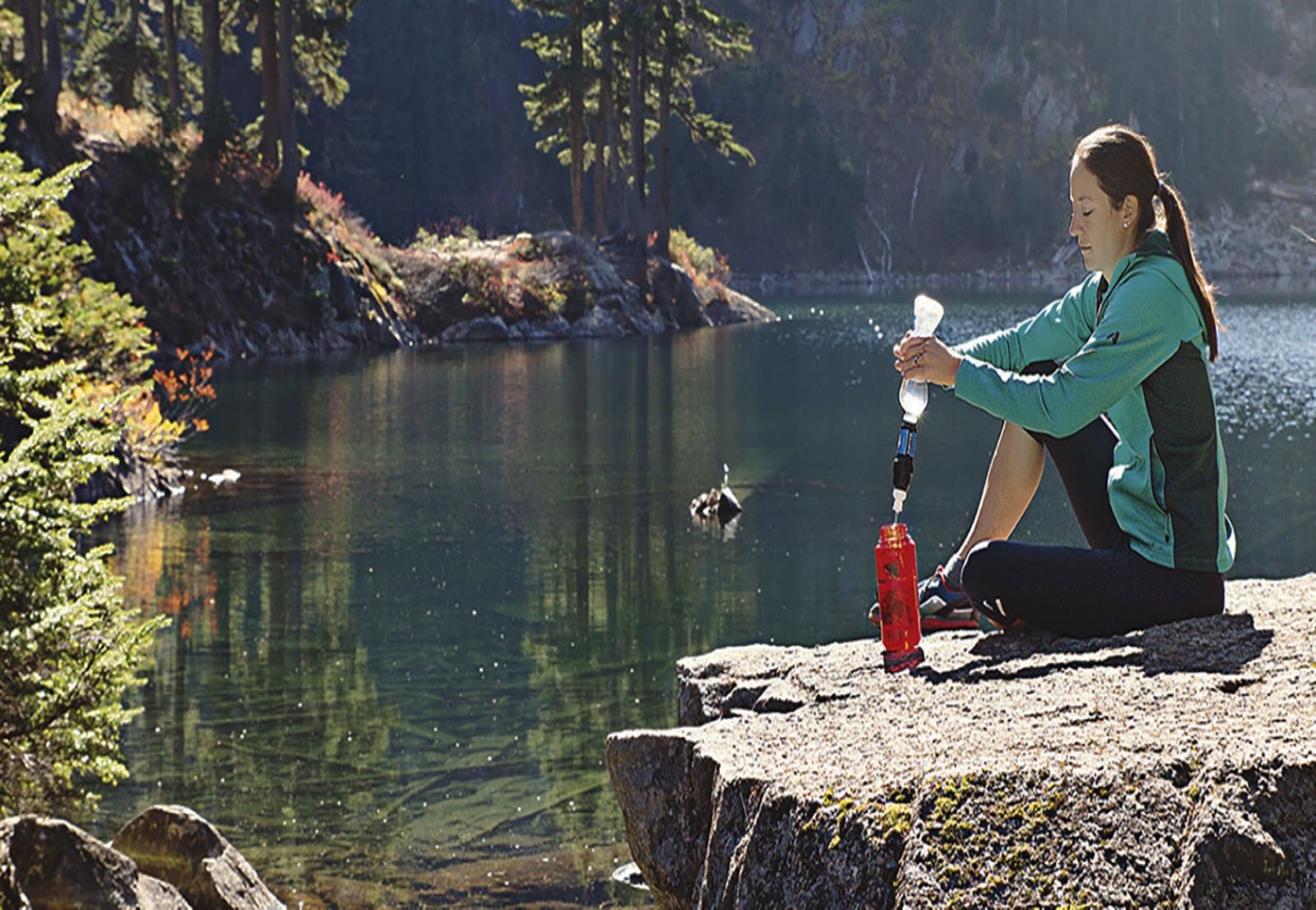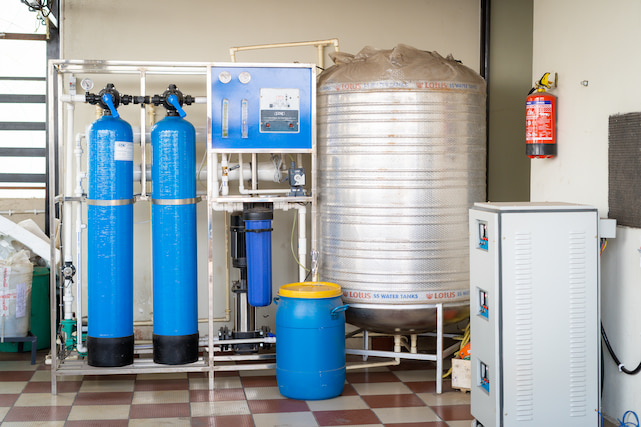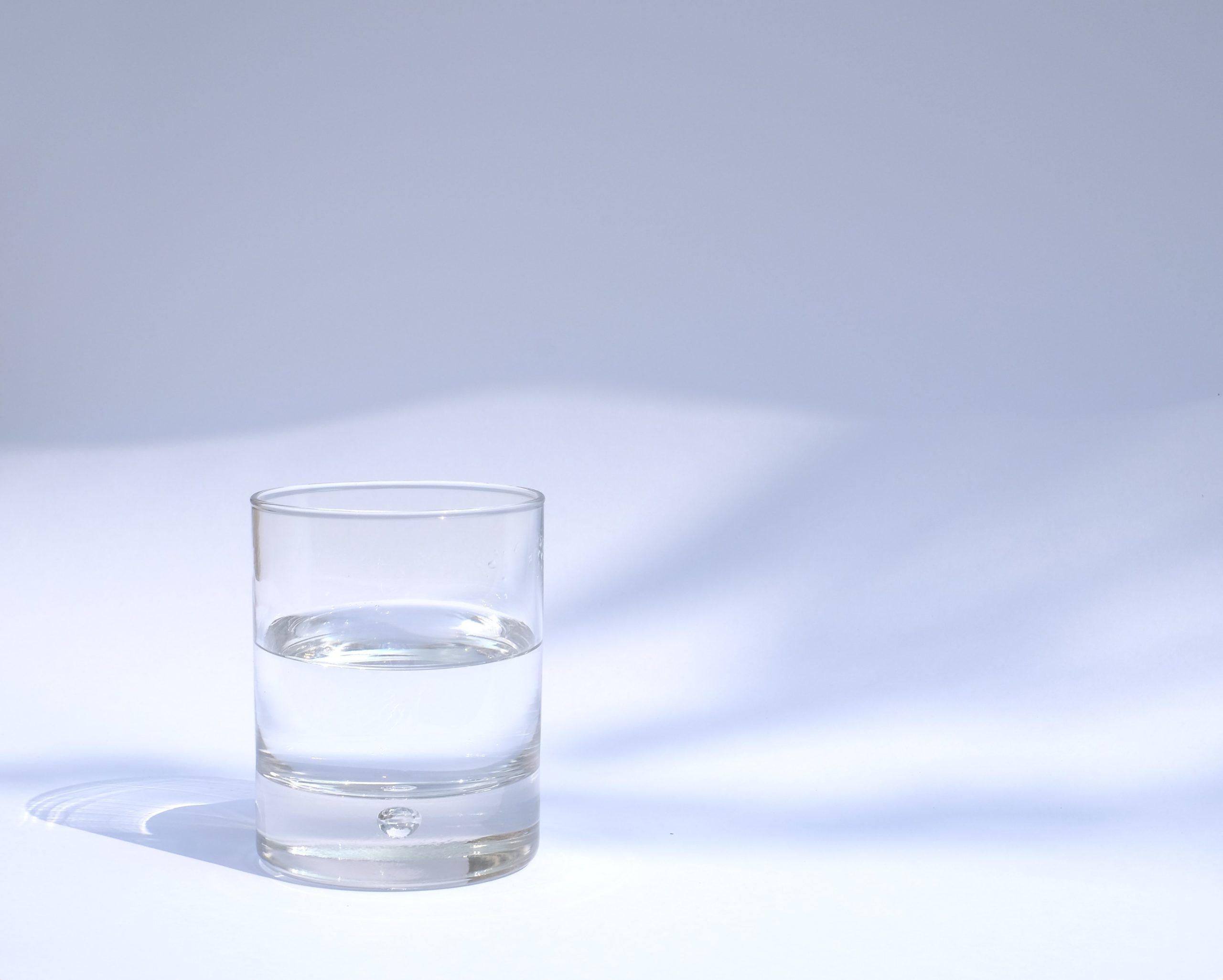Water treatment is important to maintaining your health in the outdoors. Not all water sources are unsafe, but even the most pristine-looking source can make you sick. If livestock, wildlife, or humans can reach an area, so can contaminants transmitted via their fecal matter. As more and more of us explore wild places, contamination levels rise. Why play intestinal roulette when you have so many options for treating your water?
Consider these factors when choosing a water filter or other water-treatment method:
- Filters vs. purifiers: Know what you’re trying to avoid and the basic methods for avoiding it.
- Types of water filters and water purifiers: The effort required for each type of water-treatment method varies, as does the time for water to be ready to drink.
- The role of a prefilter: If you have to treat water from a murky source, it’s a valuable accessory to have.
- Know water treatment best practices: Even the best filter or purifier isn’t effective if you don’t follow some basic hygiene and usage guidelines.
Water Filters vs. Water Purifiers
The difference between a water filter and a water purifier is the size of the microorganism each combats:
Water filters work by physically straining out protozoan cysts (such as Cryptosporidium and Giardia lamblia) and bacteria (such as E. coli, Salmonella, Campylobacter, and Shigella).
Shop water filters
Water purifiers also combat viruses, which are too tiny for most filters to effectively catch. If you’re traveling in less-developed areas of the world, consider products that also protect viruses (such as hepatitis A, rotavirus, and norovirus).
Shop water purifier
How Water Filters and Purifiers Work
Every filter and many purifiers include an internal element or cartridge, a component that has microscopic pores that catch debris, protozoa, and bacteria. Over time, strained matter gums up an element’s pores, requiring it to be cleaned and eventually replaced.
Most purifiers use chemicals (such as iodine) to kill viruses, which are too small for most filter elements. Another purification method relies instead on ultraviolet light to treat the pathogens.
Many filters and purifiers also include activated carbon in their elements because it’s effective at removing unpleasant tastes from things like leaf tannins. Activated carbon also reduces contaminants like pesticides and other industrial chemicals.
The Role of a Prefilter
Different factors can murk up your water in different ways, such as glacial sediment, silty water, leaf debris, and mud stirred up by a rainstorm. Natural particles, though not a health concern, impact how easy water is to treat, how much field maintenance is required and the lifespan of filter elements.
One way to deal with these issues is to use a prefilter. A prefilter is an accessory that simply removes large particles from your water to improve the treatment process.
Many pump-style products come with a pre-filter, or you may need to purchase one separately. Here are some reasons to consider using one:
- It helps maintain a pump filter’s flow rate, lessen cleaning chores and extend its element life.
- It improves the effectiveness of chemical treatments.
- It’s essential prior to using a UV purifier on nonclear water.
Pump Filters and Purifiers
Drop the intake hose into your source and the outlet hose into your water bottle, then work the pump. Some models thread directly to a bottle or reservoir. Pump mechanisms differ, as do flow rates, so compare specs.
Pros:
- You can process precisely the amount of water you need.
- Water can be pulled from seeps and shallow water sources.
- The internal element or cartridge is replaceable.
Cons:
- Pumping can be a chore, especially at the end of the element’s lifespan.
- Field cleaning of the element is required.
- Weight and bulk are greater than other treatment methods.
Shop pump filters
Shop water pump
Tags: Water Filters



